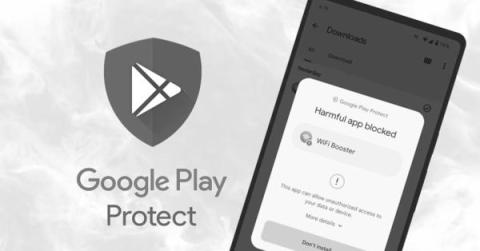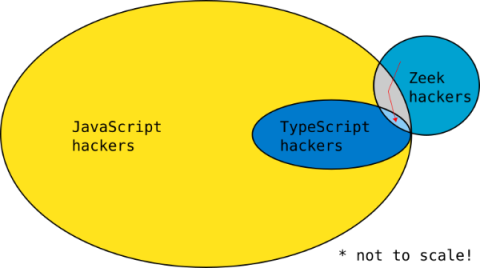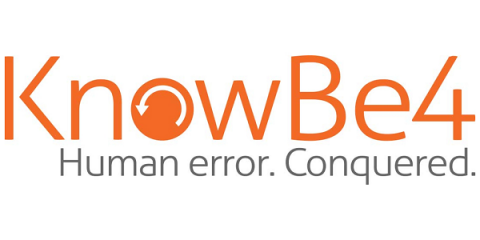Security | Threat Detection | Cyberattacks | DevSecOps | Compliance
Threat Detection
Google introduces real-time scanning on Android devices to fight malicious apps
It doesn't matter if you have a smartphone, a tablet, a laptop, or a desktop computer. Whatever your computing device of choice, you don't want it impacted by malware. And although many of us are familiar with the concept of protecting our PCs and laptops with security software that aims to identify attacks in real-time, it's not a defence that is as widely adopted on mobile devices.
Exploring the Cybersecurity Landscape: Insights from Shira Rubinoff and Gideon Hazam
The Art of Team Building: Blueprints from the Black Hat NOC
It has been a distinct honor to be a part of the Corelight team that helped defend this year’s Black Hat events. I started the event season in the Network Operations Center (NOC) at Black Hat Asia, and then capped it off at Black Hat in Las Vegas. In this blog I’ll share my experience and learnings from participating in both NOCs.
Writing a Zeek package in TypeScript with ZeekJS
Zeek® is the world’s most widely used network security monitoring platform and is the foundation for Corelight network evidence. In this blog I share how to write a Zeek package in TypeScript with a new capability called ZeekJS that was released as part of Zeek 6.0.
Most Organizations Believe Malicious Use of AI is Close to Evading Detection
As organizations continue to believe the malicious use of artificial intelligence (AI) will outpace its defensive use, new data focused on the future of AI in cyber attacks and defenses should leave you very worried. It all started with the proposed misuse of ChatGPT to write better emails and has (currently) evolved into purpose-built generative AI tools to build malicious emails. Or worse, to create anything an attacker would need using a simple prompt.
Malware Detection & Top Techniques Today
The State of Cyber Defense 2023: Detection and Response Maturity Model
Why are organizations failing to detect cybersecurity threats?
With the changing security landscape, the most daunting task for the CISO and CIO is to fight an ongoing battle against hackers and cybercriminals. Bad actors stay ahead of the defenders and are always looking to find new vulnerabilities and loopholes to exploit and enter the business network. Failing to address these threats promptly can have catastrophic consequences for the organization.
Turning the tables on the infiltrator
What happens at the point in time when an organization’s information security is compromised? This blog explores an important paradigm shift that occurs at the very moment of compromise and that can be leveraged to turn the tables on the attackers.










